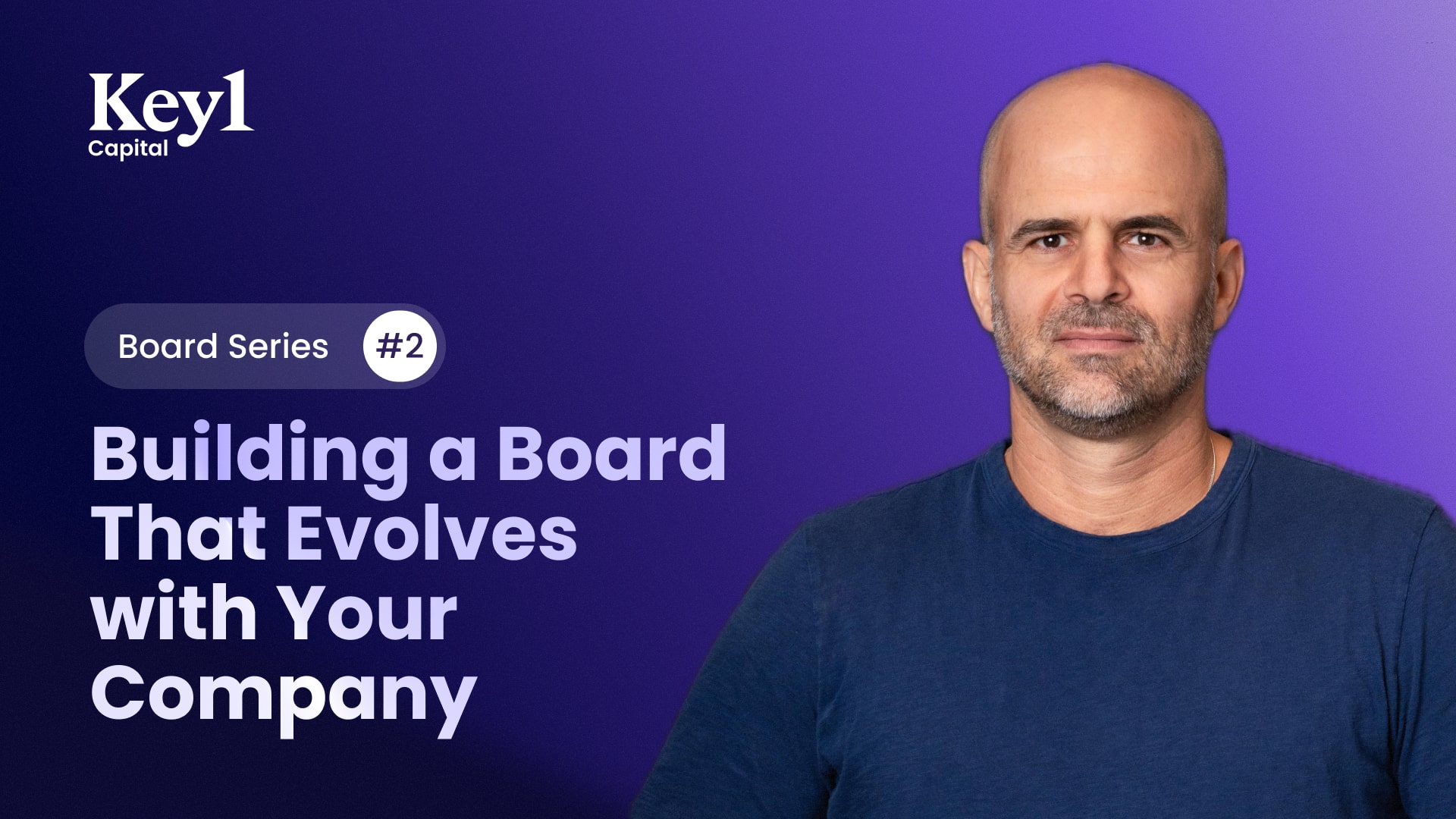
In Part 1 of our Boardroom Series, we made the case that the right board isn’t a checkbox, it’s a strategic asset. But that only works if you control its design.
Board composition isn't random. It reflects the past, present, and future of your company. Most founders build it in layers, starting with themselves, adding early supporters, then investors as rounds close.
But this seemingly natural progression creates a hidden constraint that becomes more burdensome and complicated to fix over time.
This piece is about breaking free from that constraint - designing your board with intention rather than default, deciding who belongs in the room based on where you're headed, not where you've been.
Your seed-stage board might be exactly what you needed to reach product-market fit. But by Series A, that same group can become a liability.
The problem compounds because early board members often have contractual seats. You end up with governance optimized for problems you've already solved.
This is why experienced founders manage board evolution from day one, not as an afterthought when constraints become obvious.
Board seats should reflect strategic value, not ownership percentages. Your board should include people whose insights you actively seek, not just those you're obligated to update. This mindset shift reframes board selection around contribution, not cap table.
We've seen shareholders with 10%+ ownership get monthly updates but no board seat because founders don't see them as strategically helpful. Ownership doesn't automatically earn governance rights.
This clarity about purpose drives better composition decisions. The board should be an ally and resource for executing your vision, not an audience for quarterly updates.
When boards grow too large, decision-making often moves offline - into unofficial side-conversations among a few key members. That’s the real missed opportunity: when decisions happen in fragments, you lose the context, accountability, and challenge that only comes from structured, full-room debate.
Once the right structure is in place, the next challenge is ensuring it can evolve. You need mechanisms to adjust composition over time, including the ability to rotate out board members, even those with contractual rights. Sometimes, this happens naturally - when ownership percentages shift, or agreements specify terms until the next round (or the one after). But relying on natural attrition leaves too much for chance.
You might start with a “founder-friendly” operator who adds credibility in your space, but as your company matures, you’ll need fewer symbolic roles and more real strategic leverage.
This evolution requires setting expectations early and structuring agreements that preserve your ability to optimize for effectiveness rather than accommodation.
Many founders delay tough conversations about rotating board members because it feels disloyal or uncomfortable - especially with early believers. But the strongest founders separate gratitude from effectiveness. They’re willing to make the hard calls now to avoid dysfunction later.
Once the board is structured with strategic intent, it’s just as important to stay clear on the overarching role of the board. Boards help management execute plans. They don't execute plans themselves.
If your board reaches the point where they're directing hiring and firing, it’s a signal that the management layer isn’t operating with enough clarity or strength. That’s not a board problem, it’s a company-building one.
There’s no productive middle ground where board members act like shadow executives. A strong board is there to challenge and support management, not fill management gaps. When boards start running operations, something is broken in the org chart. That’s your cue to invest in leadership, whether that means your team, your structure, or your own role as CEO.
The companies that scale successfully treat board evolution as competitive advantage. They transition from early-stage validation toward growth-stage strategic thinking, and ultimately, to boardroom readiness for the demands of late-stage capital and public markets.
By the time you’re thinking about an IPO, you need a board that’s already been tested through real decisions and high-consequence moments. You don’t build that six months before listing. If you do, you end up with a room full of strangers trying to simulate trust and alignment in high-stakes moments. The strongest companies layer this intentionally over time, long before they need it.
Your board is one of the few structures that can grow with your company across its entire trajectory. But only if you build flexibility from the beginning and maintain the discipline to evolve composition as your needs change rather than when constraints force your hand.
Next in this series: How to run board meetings that drive decisions rather than consume time.
